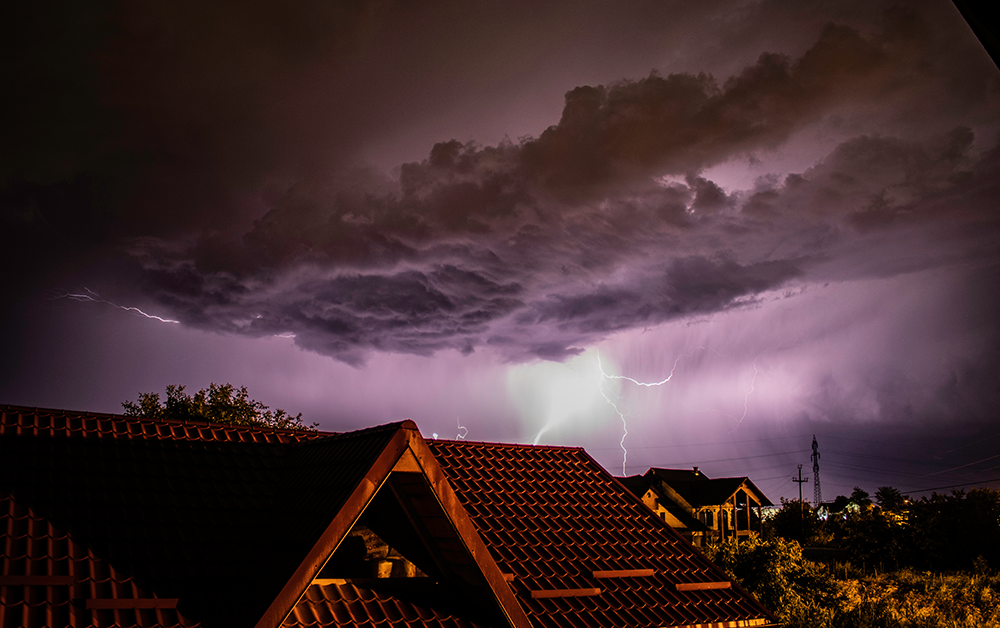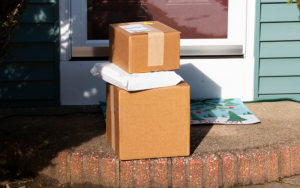
Weathering the Storm: A Guide to Extreme Weather Preparedness
Being prepared for extreme weather events is a necessity. From hurricanes to heatwaves, sudden thunderstorms or blizzards, knowing how to handle these situations can make all the difference.
This blog post will empower you with the knowledge to navigate extreme weather conditions confidently. By following these practical steps, you’ll be better equipped to ensure your safety, protect your loved ones, and weather any storm that comes your way.
5 Storm Preparedness Tips
1. Stay Informed and Plan Ahead
The first step in extreme weather preparedness is to be in-the-know about potential hazards. You can download weather apps that provide real-time updates, emergency alerts, and notifications for your area about changing weather conditions. You may also consider compiling a list of important emergency contacts including local authorities, family members, and friends.
It’s always better to be safe than sorry. Please follow the guidance and recommendations of local authorities.
2. Create an Emergency Plan
Developing an emergency plan ensures everyone knows what to do in case of a weather-related crisis. Your plan should include information such as evacuation routes from your home and established meeting points in case you get separated from your loved ones.
It may also be useful to designate a central contact person who lives outside the affected area. This person can serve as a communication hub for your family.
3. Assemble an Emergency Kit
An emergency kit is a crucial resource that can sustain you during power outages or evacuations. Ready.gov recommends packing basic supplies including:
- Non-perishable food and water
- Medications
- A First Aid kit
- Flashlights and batteries
- A battery-operated radio
It’s also a good idea to store important documents such as identification, insurance papers, and medical records in a waterproof container.
4. Secure Your Home
Prepare your home to withstand extreme weather conditions by strengthening structures. Reinforcing windows and doors should help minimize potential damage from strong winds. Regularly trimming trees and shrubs near your home will also reduce the risk of falling branches during storms.
If you’re renting a home, check your lease agreement and consult your property manager before making any changes to the property.
5. Be Proactive During Extreme Weather
If possible, remain indoors during severe weather and avoid windows and doors to avoid flying debris. In the event of a power outage, consider using flashlights or battery-powered lanterns instead of candles or propane-fueled lanterns to prevent possible fire hazards.
After the Storm
Once the extreme weather has passed and it’s safe to venture outside, it’s time to assess and take action. While inspecting your home, check for any damage and address immediate safety concerns.
If you experienced a power outage, check the safety of your food and water supply before consuming any of it. Look for signs of water leaks on the ceiling and around windows. Common signs of water leaks include discoloration, swelling, paint bubbling, and of course dampness or dripping water.
Extreme weather events may be unpredictable, but your preparedness doesn’t have to be. By following these tips, you’re taking a proactive step toward safeguarding yourself and your loved ones. From staying informed to securing your home, each action will contribute to your safety and peace of mind.
Preparedness is the key to weathering the storm with confidence, and by arming yourself with knowledge and resources, you’ll be ready for whatever nature throws your way. Stay informed, stay safe, and let your preparedness be your shield against the elements.



